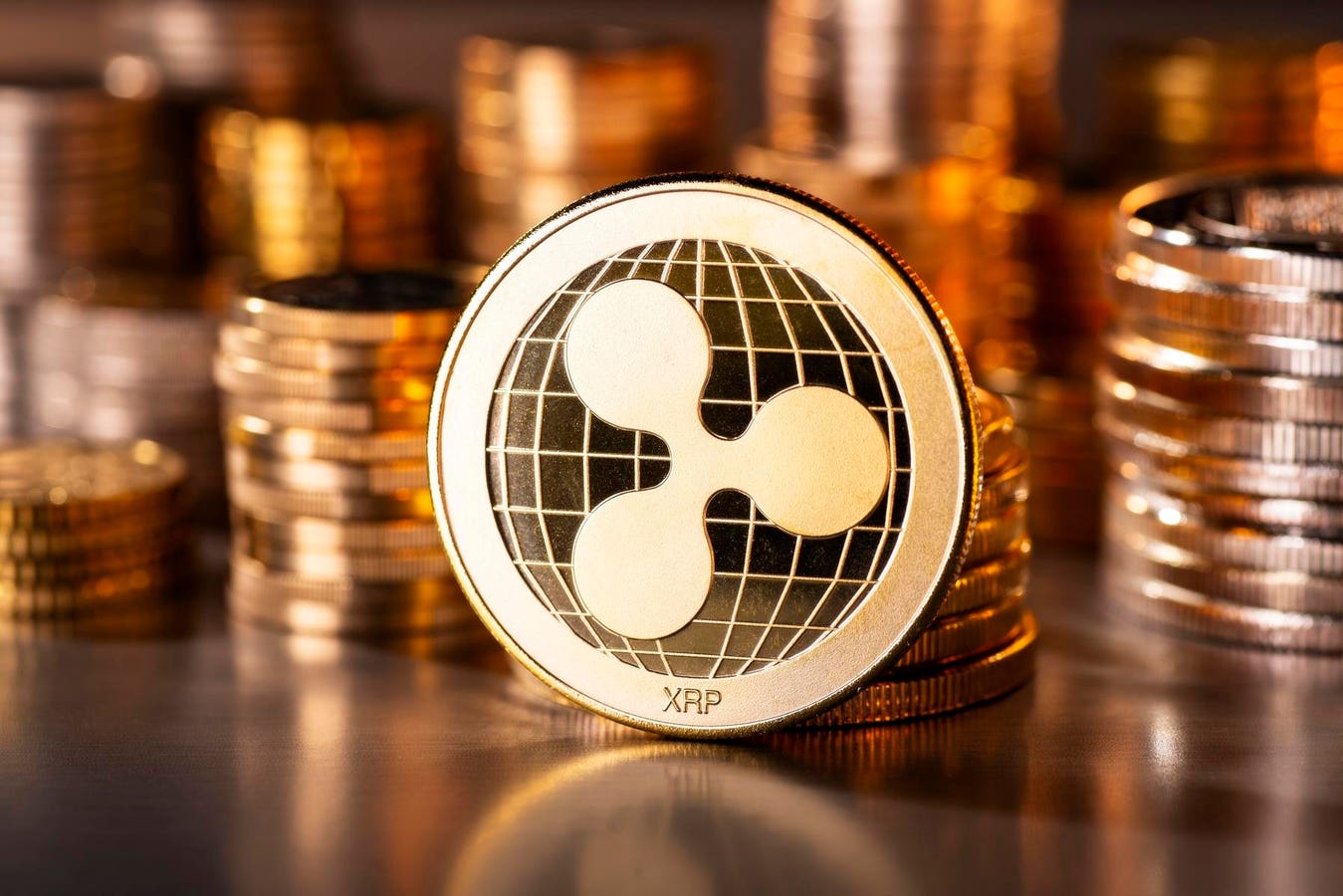Enquires@newsofbitcoin.com
getty
Ripple Labs, the primary developer of the XRP
XRP
This initiative is the latest for the 12-year-old San Francisco-based firm that has tried to garner mainstream use in the payments business. Prior efforts include the launch of NFTs, smart contracts that can support decentralized versions of banks or exchanges, and tokenized representations of real-world assets such as real estate and private equity funds. So far, none of these endeavors seem to have garnered notable momentum, though that may also stem from subdued market conditions affecting similar initiatives across the industry.
What makes this pivot different from prior announcements is that it runs up against the company’s flagship On-Demand Liquidity (ODL) service, which was built to facilitate instant cross-border money transfers using XRP. There is a scenario where a Ripple stablecoin could crowd out demand for XRP in the payments business.
“Ripple may have felt like they had no choice but to issue a stablecoin in order to convince banks and other financial institutions to work with them,” says Owen Lau, executive director at Oppenheimer & Co. “These firms may not have been comfortable holding and using XRP because of the volatility and regulatory overhang [stemming from an ongoing lawsuit with the SEC].” However, Lau adds that any stablecoin would likely have a marginal impact on XRP demand, with the caveat that much is unknown about its actual usage beyond trading.
Ripple CTO David Schwartz says one would not cannibalize the other: there are some markets that the firm cannot reach with XRP alone, and the stablecoin will be launched on Ethereum
ETH
While the answer to this question will play out over time, it is clear that stablecoins can produce large profits today. While many crypto companies struggled to stay afloat last year due to tapered demand in digital assets, USDT issuer Tether
USDT
Stablecoin issuers make money by investing the underlying collateral in relatively risk-free assets like short-term treasuries. With heightened interest rates, the returns on these investments are massive. Additionally, unlike bank deposits, stablecoin issuers like Tether do not pay interest to tokenholders. This business model brought its largest shareholders Giancarlo Devasini, Paolo Ardoino, Jean-Louis van der Velde and Stuart Hoegner billions. Devasini, the company’s CFO
CFO
Ripple is also hoping the stablecoin will be an accelerant for some of its other initiatives, such as decentralized finance (DeFi), which appears to have little traction on the XRP Ledger. “Stablecoins are a critical entry point to decentralized finance—and bringing a trusted, enterprise-grade stablecoin to XRPL will help drive more use cases, liquidity and opportunities for developers and users who want to utilize the benefits of XRPL,” said Ripple CEO Brad Garlinghouse in a statement to shareholders seen by Forbes.
XRP quickly shot up seven percent to 61 cents after the announcement on Thursday but has given up nearly all of the gains in the 24 hours since.
XRP’s price on Bitstamp
TradingView
Read More: Ripple’s Move Into Stablecoins Raises Key Questions For XRP’s Future
Disclaimer:The information provided on this website does not constitute investment advice, financial advice, trading advice, or any other sort of advice and you should not treat any of the website’s content as such. NewsOfBitcoin.com does not recommend that any cryptocurrency should be bought, sold, or held by you. Do conduct your own due diligence and consult your financial advisor before making any investment decisions.


